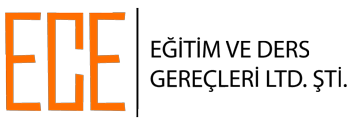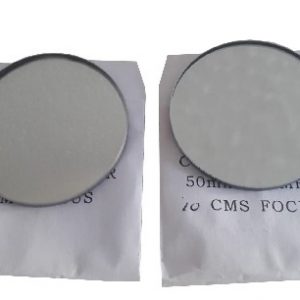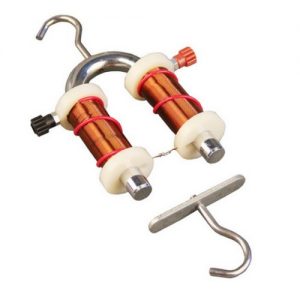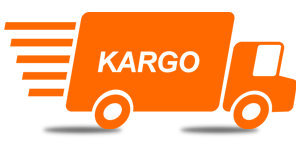Light Refraction and Reflection Optical Demonstration Device
695,00 TL (Türkçe) KDV dahil
Only 0 left in stock
Description
- Import of our company.
- Compatible with the curriculum
- It is designed to be used to describe light refractions and reflections in optics.
- Product dimensions: 27.8cm x 10cm x 17cm
Targeted Gains:
- Realizes that the light emanating from a source spreads along the lines.
- States that light from a source can propagate in all directions as long as it does not encounter an obstacle.
- Shows the path of light between two points by drawing rays.
- Classifies various materials as transparent, translucent and non-transparent (opaque) according to their light transmittance.
- Tries to find out whether a given substance is transparent or not.
- Gives examples of transparent, translucent and non-transparent (opaque) materials.
- Discovers that light can reflect when it encounters matter.
- Predicts the path of light reflected from flat surfaces.
- Explains the reason why objects without a light source can be seen with the reflection of light.
- Discovers that the incident light, the reflected light, and the normal to the surface are in the same plane in the case of reflection; using a plane mirror.
- Using a plane mirror, discovers that the incident and reflection pains are equal in the case of reflection; discovers uniform and diffuse reflection.
- Relates the reasons why objects appear brighter or more opaque with their light reflecting properties.
- Shows the uniform and diffuse reflection by drawing rays.
- Realizes that light can be absorbed as a result of its interaction with matter.
- Observes that substances interacting with light are heated.
- Based on observations, deduces that materials absorb light.
- States that the speed of light changes as it passes from one transparent medium to another transparent medium.
- Discovers that light changes direction as it passes from one transparent medium to another transparent medium.
- Concludes that light beams approach the normal when passing from a less refractive (less dense) transparent medium to a highly refractive (very dense) transparent medium, and diverge from the normal when passing from a highly refractive (very dense) transparent medium to a less refractive (less dense) transparent medium.
- Gives examples of situations where light is both refracted and reflected.
- Draws simple beam diagrams to explain the refraction phenomenon in various environments.
- Compares the densities of the environments by observing the light beams that change direction between two environments.
- Discovers by trying that light does not always pass from a very refractive (very dense) medium to a less refractive (less dense) medium.
- Gives examples of events that can be explained by the refraction of light.
- Discovers that light can be broken into colors by refracting it in a prism.
- Examines the behavior of light in reflection and makes inferences.
- Explains the concept of breakage and gives examples of breakage.
- Analyzes the full reflection event and boundary angle of the light.
- Draws the path of light as it passes through the parallelepiped medium and explains the variables it depends on.
Order & Discount Info:
- In order to be processed, your order has to be 45TL minimum.
- Shipping is free of charge for the orders 95TL and above.
- Shipping fee shall be 13.50TL for all orders below 95TL.
- 2% discount shall be applied for the orders paid via bank transfer and is 150TL and above.
- Payments can be made by credit card / debit card or money order / EFT.
- Payments made by credit / debit cards are processed by PayTR, a licensed payment institution operating within the framework of Law No. 6493
- Payments can be made in installments by credit card.
- Apart from our site, we also sell our products on n11.com, hepsiburada.com, and gittigidiyor.com. The price differences between the sites are due to the commission rates applied by the relevant platforms, the products shipped and the shipment time are the same.
Order & Discount Info:
- In order to be processed, your order has to be 45TL minimum.
- Shipping is free of charge for the orders 95TL and above.
- Shipping fee shall be 13.50TL for all orders below 95TL.
- 2% discount shall be applied for the orders paid via bank transfer and is 150TL and above.
- Payments can be made by credit card / debit card or money order / EFT.
- Payments made by credit / debit cards are processed by PayTR, a licensed payment institution operating within the framework of Law No. 6493
- Payments can be made in installments by credit card.
- Apart from our site, we also sell our products on n11.com, hepsiburada.com, and gittigidiyor.com. The price differences between the sites are due to the commission rates applied by the relevant platforms, the products shipped and the shipment time are the same.










Reviews
There are no reviews yet.